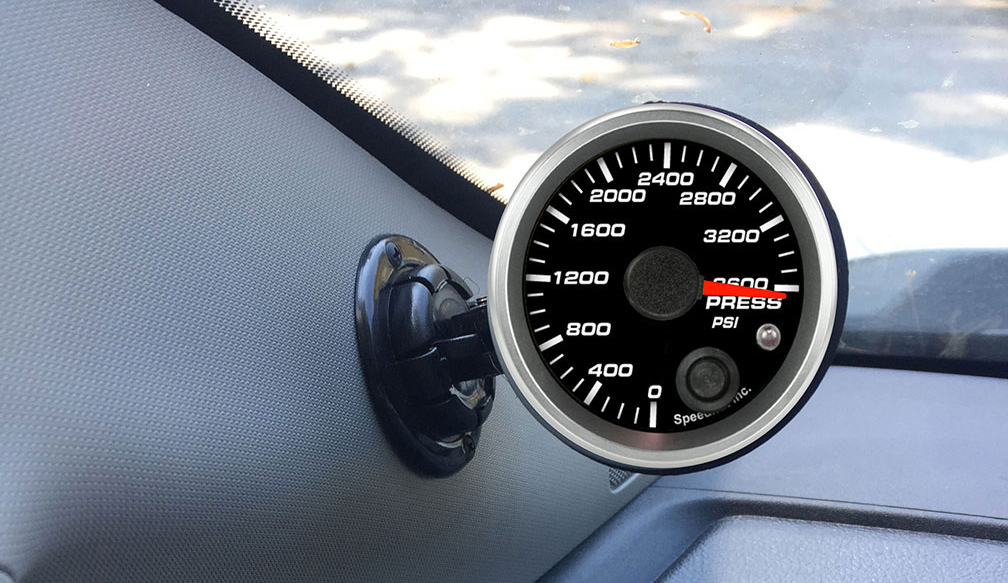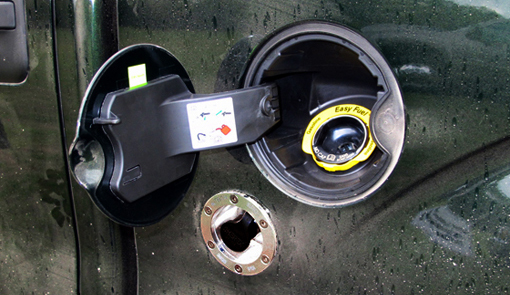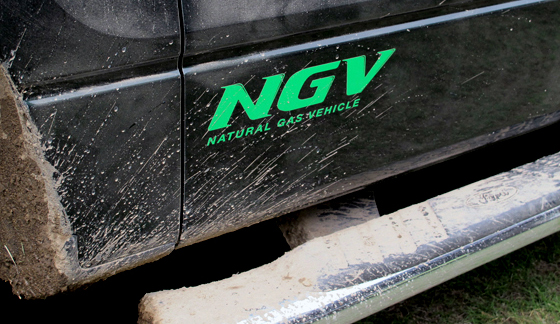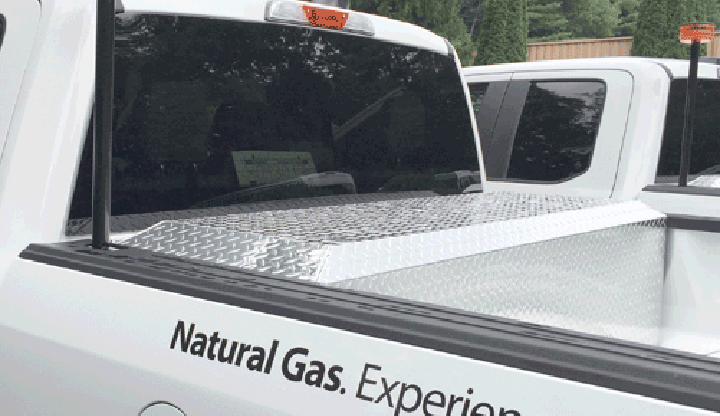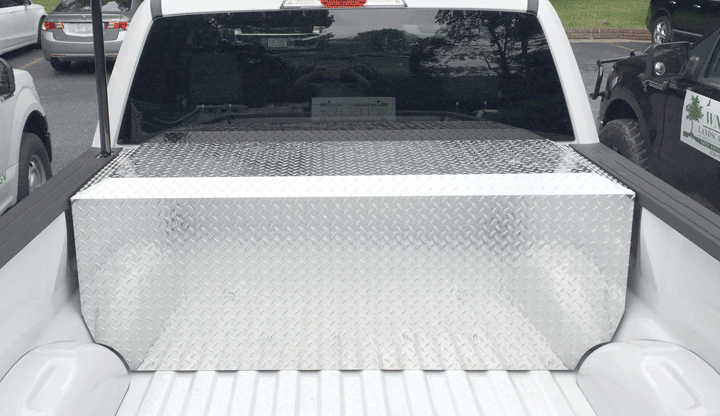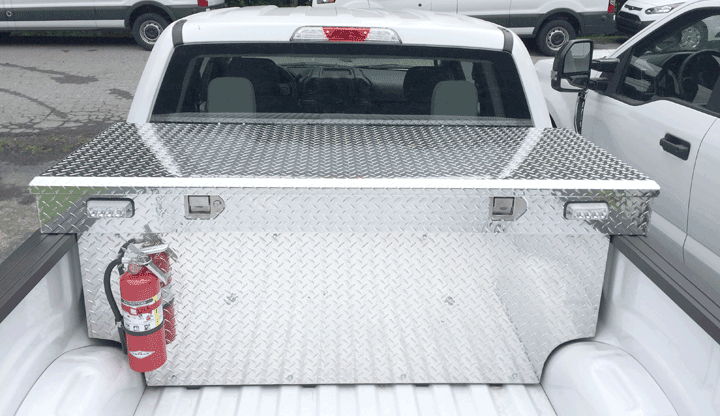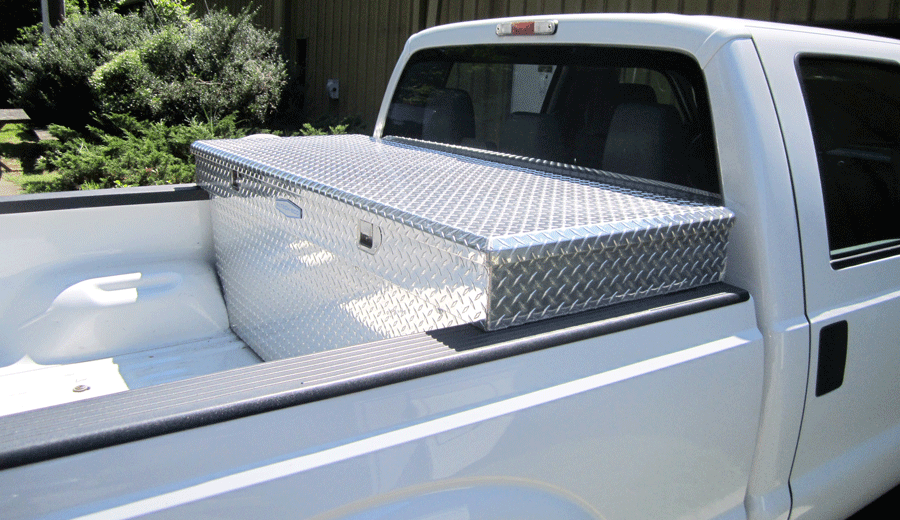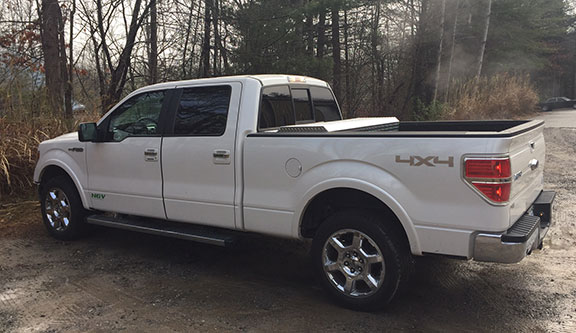CNG Safety
CNG is one of the safest vehicle fuels available, CNG is safer than gasoline.
According to the Federal Transit Administration.
Data collected over time has demonstrated natural gas vehicles to be safe in actual operation. Based on a survey of 8,331 natural gas utility, school, municipal and business fleet vehicles (NGVs) that traveled 178.3 million miles on CNG:
• The NGV fleet vehicle injury rate was 37% lower than the gasoline fleet vehicle rate.
• There were no fatalities compared with 1.28 deaths per 100 million miles for gasoline fleet
vehicles.
• The collision rate for NGV fleet vehicles was 31% lower than the rate for gasoline fleet vehicles
• The fleet of 8,331 NGVs was involved in seven fire incidents, only one of which was directly
attributable to failure of the natural gas fuel system.
Click here to watch a video on CNG cylinder gunfire test.
Click here to watch a video on CNG cylinder severe abuse test.
Because CNG is mostly made of methane and methane is odourless CNG is odorised with Mercaptan to provide a ready means of leak detection. An average person can easily detect the smell of gas at a concentration as low as 0.3% by volume in air. That concentration is about 16 times lower than the level which will support combustion.
CNG has a high ignition temperature, about 1,200 degrees Fahrenheit, compared with about 600 degrees Fahrenheit for gasoline. It also has a narrow range of flammability, that is, in concentrations in air below about 5 percent and above about 15 percent, natural gas will not burn. The high ignition temperature and limited flammability range make accidental ignition or combustion of CNG unlikely.
CNG has no known toxic or chronic physiological effects (it is not poisonous). Exposure to a moderate concentration may result in a headache or similar symptoms due to oxygen deprivation but it is likely that the smell would be detected well in advance of concentrations being high enough for this to occur.
The fact that CNG is lighter than air further enhances its safety. Unlike other fuels such as diesel, petrol or LPG, which are heavier than air, and pools on the ground creating a fire hazard and potential pollution to waterways. Should a CNG leak occur, the gas will disperse rapidly upwards into the atmosphere and dissipate.
CNG fuel systems are "sealed," which prevents any spills or evaporative losses. Even if a leak were to occur in an NGV fuel system, the natural gas would dissipate into the atmosphere because it is lighter than air. Natural gas is not toxic or corrosive and will not contaminate ground water. CNG combustion produces no significant aldehydes or other air toxins, which are a concern in gasoline and some other alternative fuels.
CNG fuel cylinders are much, much stronger than gasoline tanks. The design of the cylinders is subject to a number of "severe abuse" tests such as heat and pressure extremes, gunfire, collisions and fire. The systems are also fitted with valves and other safety devices to prevent leakage and eliminate the risk of an explosion - actually making them safer than the legal requirements stipulate.
CNG cylinder pressure - as CNG is stored at high pressure, it is often perceived that the high pressure of the product makes it more hazardous than other fuels. While a high pressure gas leak tends to make a lot of noise as the gas is escaping. The resulting high concentrations of gas and its tendency to dissipate upwards make it less likely for the gas in the immediate vicinity of the leak to ignite.
Safe distribution, CNG is delivered via underground pipeline networks, the same networks that deliver natural gas to our homes and businesses. This method not only eliminates the need for road tankers to deliver fuel from the refinery, but also the need for ocean going oil tankers to deliver crude oil to the refinery.
The CNG delivery system itself also has an excellent and proven safety record. According to statistics from the U.S. Department of Transportation, the natural gas transmission and distribution system is the safest way to transport.




